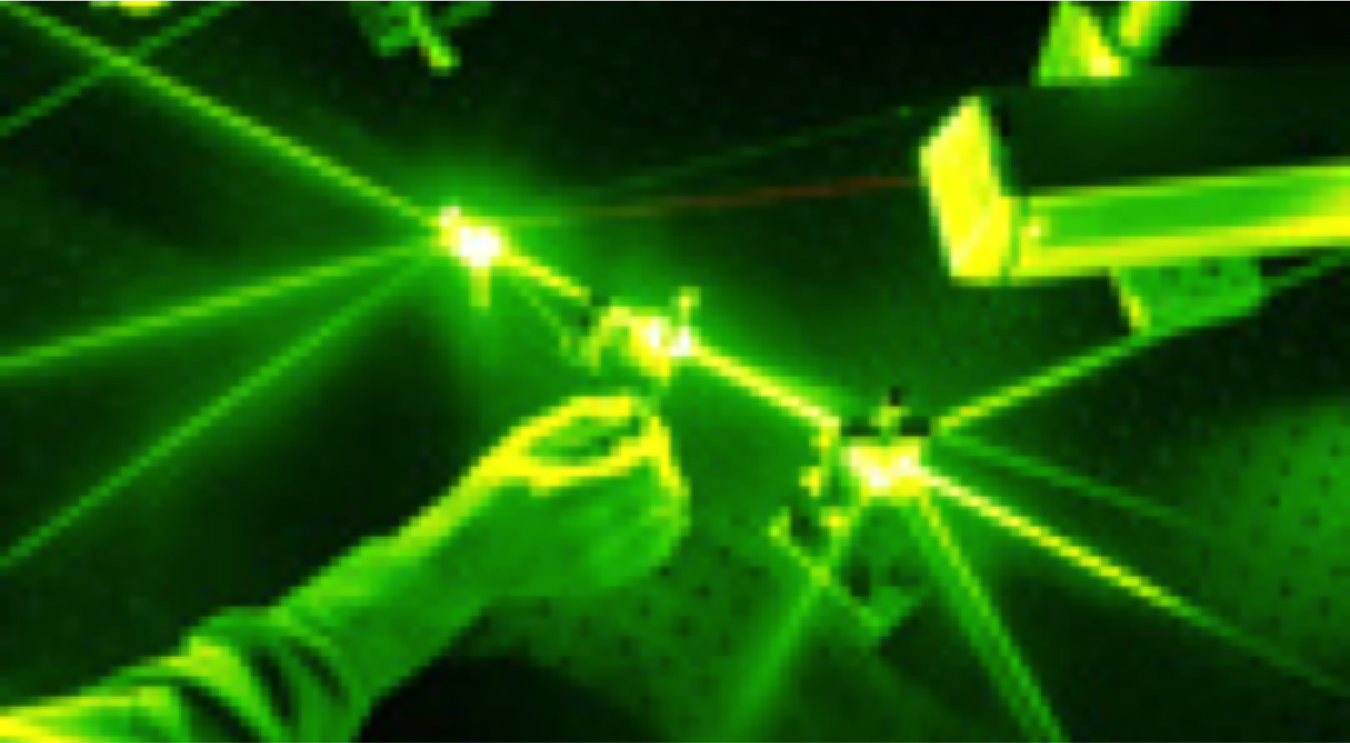The Engineering Creativity and Propensity for Innovation Index (ECPII) measures students’ creativity and propensity for innovation in engineering. The index was designed and tested as a consequence of ongoing conversations with engineering educators nationally and the desire to assess the role that comprehensive educational and engineering experiences have in important industrial and academic skill sets: creativity and innovation. It is highly reliable and has been tested for content and constructs validity using Wilson’s 4 building blocks for item response theory. The ECPII is aligned to several theoretical perspectives. With regard to creativity theory, it is aligned to robust creativity research by Torrance, Abedi’s and Khatena’s, and Rogers’ work on innovation and entrepreneurship. The ECPII has 6 important constructs (described below). These constructs are closely aligned to the cited combined research on creativity and innovation and domains specific to engineering. The index includes two important structures (outcome space): (1) A 6-point Likert type component and (2) a set of three problem sets, for which the students respond to one. The instrument was designed and tested for validitty and reliability in accordance with best practices in instrument design established by both the Educational Testing Service (ETS, 2006) and the National Council of Measurement Education (NCME, 2006) and groundbreaking work on item response theory (IRT) by Mark Wilson (2011).
- Engineering Initiative: Students’ ability to take action to work within the discipline without cuing or prompting. Involves an innovative behavior benefiting creativity with regard to self-starting, proactivity, persisting to overcome difficulties in the pursuit of goals, and even contributing more than the requirement.
- Engineering Inquisitiveness: Students’ level and depth of curiosity about engineering processes, how things work, and diverse problem solving approaches within and beyond the engineering discipline.
- Engineering Individuality: Students’ openness and independence in thinking in engineering contexts. In this realm, openness refers to the ability to take in, process and utilize new and non-traditional information with self- efficacy and drive.
- Engineering Disciplined Imagination and Design Thinking: Students’ ability to imagine diverse problem solving approaches within the engineering discipline coupled with their ability to use diverse , forward thinking and planned engineering problem-focused design processes in the face of distractors.
- Engineering Flexibility: Students’ broad-based diversity in thinking processes within and beyond the engineering mindset in related settings. Encompasses cognitive persistence and ongoing engaged motivation in potentially adverse or unfamiliar situations.
- Engineering Fluency: Students’ depth of understanding of diverse aspects of engineering problem solving and how it relates to the broader world.
- This instrument may be used for college and university students and for community college students. For additional information related to this instrument, please contact Dr. Gisele Ragusa at ragusa@usc.edu
